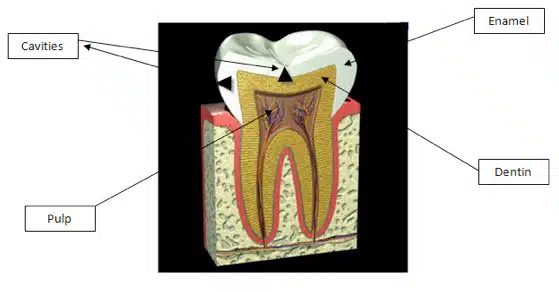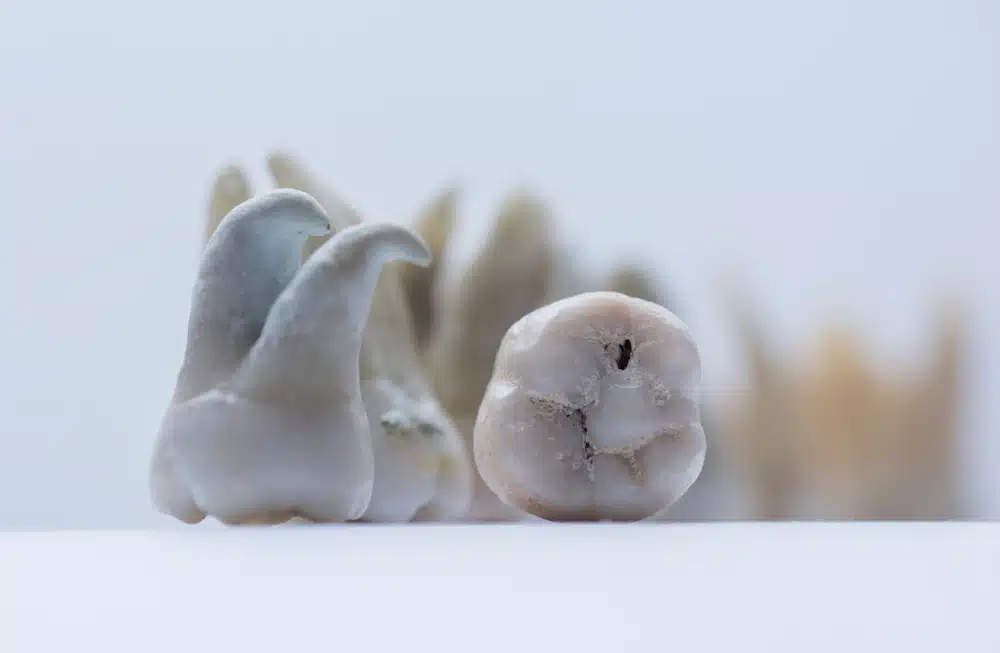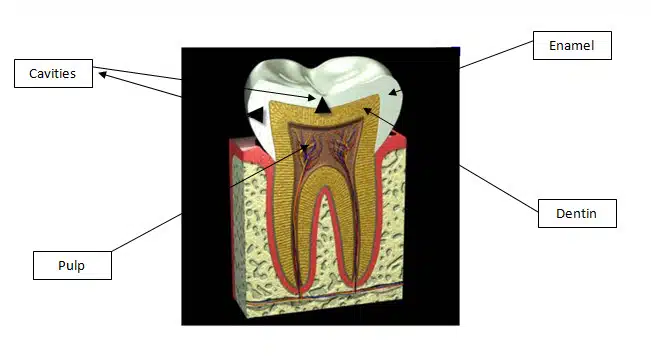
What You Need to Understand About Cavities
Is it possible to have a cavity and not know it?
Consider this article a public service announcement. I really dislike it when patients lose their teeth unnecessarily. My practice philosophy is that if a person has a dental problem, the goal is to handle that difficulty first, but then empower the patient with the correct knowledge that will keep him out of trouble from there on out. Ideally, my hope is that most future visits to my office will only be for routine maintenance.
Unfortunately, and all too often, I encounter new patients with teeth that are so badly decayed there is little hope of salvage. Possibly just as frequently, I find these patients scheduling a checkup – usually after a long absence from dental care – who are surprised to learn that they have any cavities at all. Sometimes they will think they lost a filling when, in fact, a piece of their enamel has broken away.
Why are they surprised? The common denominator seems to be the idea that cavities are supposed to hurt.
Well, sometimes they do hurt. But most of the time – especially in the early stage – they don’t.
In fact, by the time a tooth does start to hurt you it’s usually pretty bad. More often than not, it is so bad that a dentist is evaluating whether it can be treated with endodontic (root canal) therapy or whether it needs to be extracted. A little understanding of basic dental anatomy is helpful here.
Take a look at the illustration below:
The outer layer of the tooth is comprised of enamel. This is the hardest substance in your body. It breaks up your food and is designed to last you a lifetime.
And now, here is the important part for you to understand: it doesn’t contain any nerves.
It is more than ninety-five percent mineral. Water and organic materials make up the balance. And because it doesn’t have nerves, it doesn’t have feeling. This is actually quite practical since it wouldn’t do to have pain every time you bit into something. On the other hand, it also means that it can be decayed without giving you a warning.
In fact, decay can also travel into the supporting layer – the dentin – and still not cause you pain. It usually has to travel pretty close to the inner layer that contains the blood vessels and nerves – the pulp – before you feel it. Of course, by then, the tooth has generally undergone considerable destruction.
Another factor that makes spotting decay difficult is the way it spreads. I have drawn two black triangles into the enamel above. Notice that the narrow point is on the outside of the enamel. The broader base faces the inside of the tooth. This is how decay usually travels. Sometimes, it will undermine the interior of the tooth while the outer, harder enamel still maintains its form . . . until it eventually crumbles because the underlying supporting dentin has been eaten away by decay.
Many cavities also form at the contact point between two teeth. These are areas that you simply cannot see. Even the dentist needs an x-ray to spot these cavities in most cases.
So what does all this really mean? Spotting decay is not always that easy. As dentists, we use visual examination, but we also rely on probes, x-rays, and even laser detection devices to locate cavities. Even then, it can be difficult to find cavities under existing fillings.
Don’t rely on pain to tell you if you have a cavity in your tooth. If you do, you can be assured that your treatment is likely to be more uncomfortable, expensive, and may even result in the loss of a tooth that could have been treated much more easily earlier in the game.
If you have a loved one, who still has their teeth and hasn’t seen a dentist in a while, have them read this article. You may be saving them from quite a bit of discomfort – not to mention time and money – if they catch potential problems before they are hopeless.
Some of you may be thinking, “No big deal. If it’s that bad, I’ll just pull it.” OK, sometimes that is necessary, but therein lies a lesson for another day.







